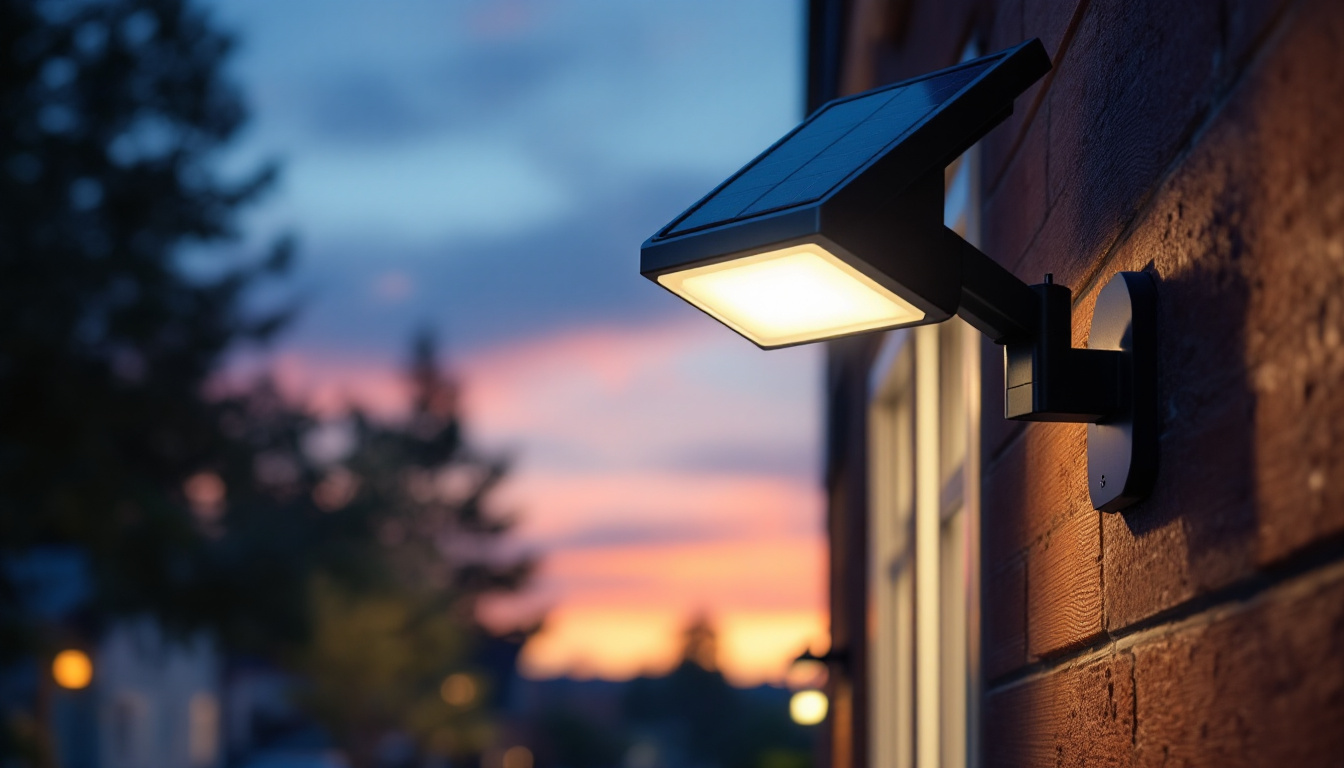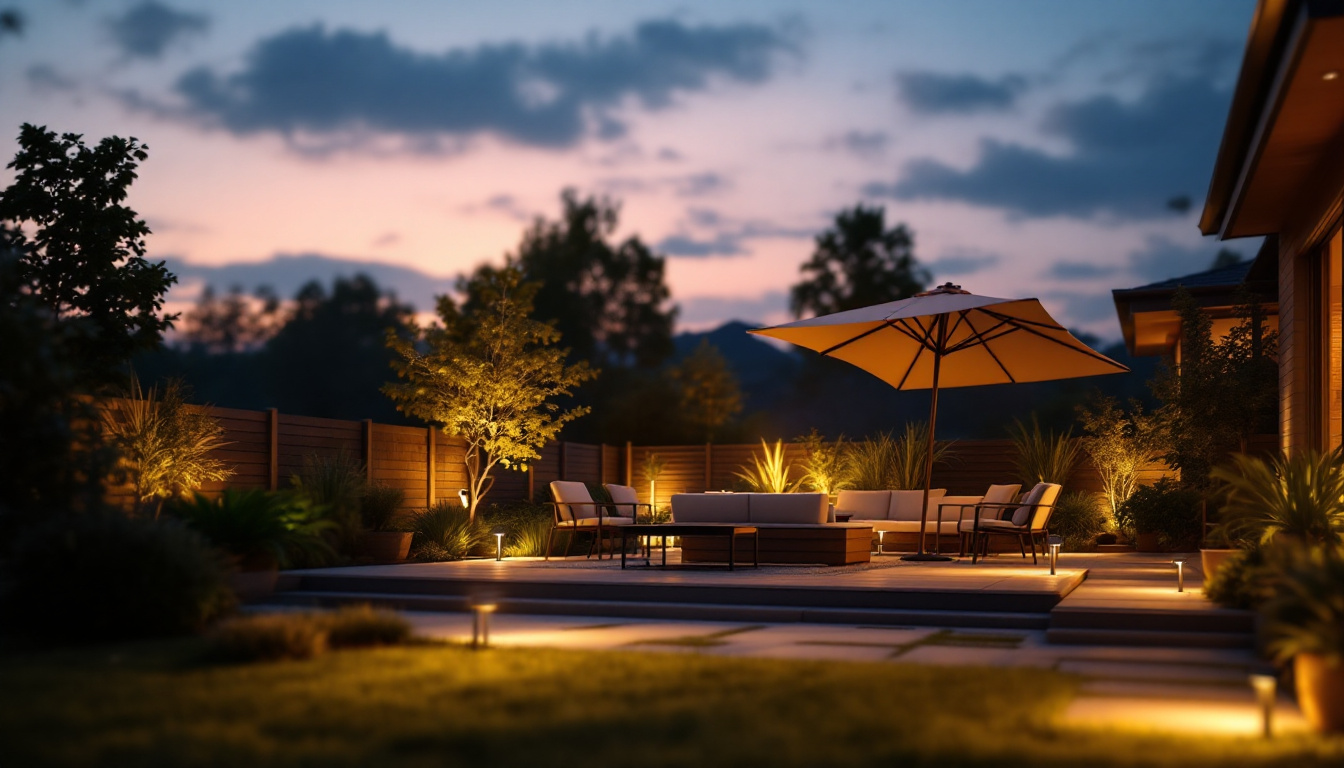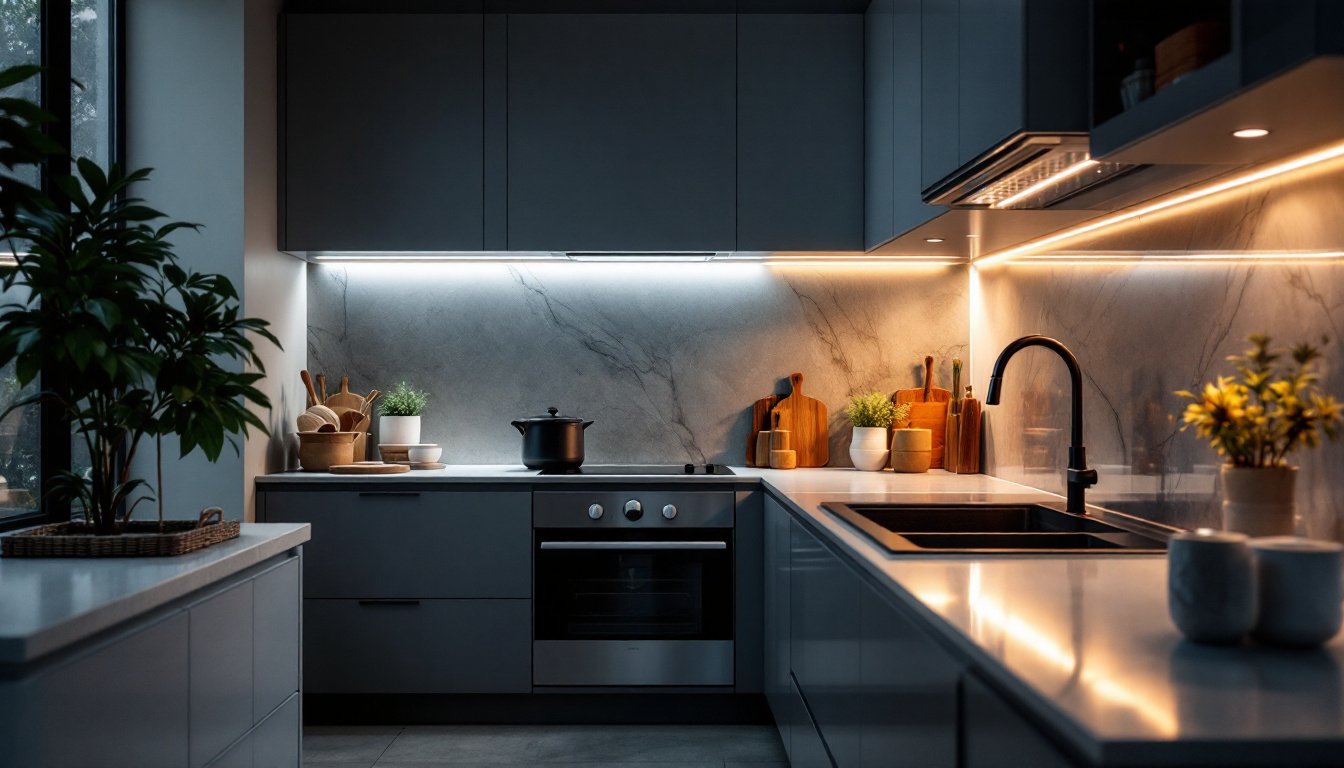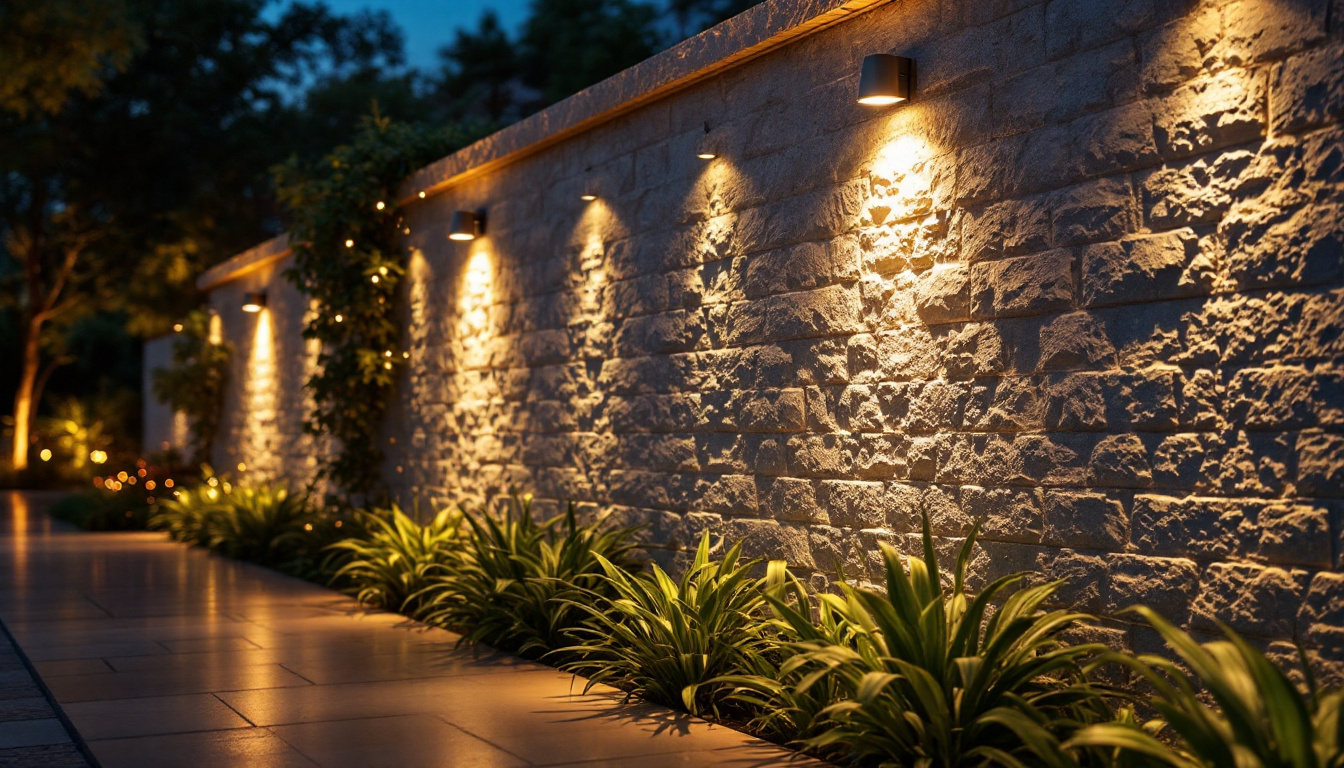
In the world of electrical installations, the junction box light fixture is an essential component that often goes unnoticed. However, for lighting contractors, understanding the importance of these fixtures can significantly impact both the quality of work and client satisfaction. This article delves into the reasons why every lighting contractor should prioritize the use of electrical junction box light fixtures in their projects.
Before exploring the benefits of junction box light fixtures, it is crucial to understand what they are and their role in electrical installations. A junction box is a container for electrical connections, providing a safe and secure environment for wires to connect. These boxes are designed to protect electrical connections from damage and to prevent short circuits, making them a vital part of any lighting system. Junction boxes also serve as a point of access for maintenance and troubleshooting, allowing electricians to easily inspect and repair connections without needing to dismantle entire sections of wiring.
There are various types of junction boxes available, each serving different purposes. The most common types include:
Understanding the different types of junction boxes allows lighting contractors to make informed decisions based on the specific requirements of each project. Additionally, the choice of junction box can influence the overall efficiency and longevity of the electrical system, as well as the ease of future upgrades or modifications.
proper installation of junction boxes is critical to the safety and functionality of any electrical system. Lighting contractors must ensure that junction boxes are securely mounted and adequately sealed to prevent moisture ingress, which can lead to electrical failures or hazards. Additionally, adhering to local electrical codes and regulations is essential to ensure compliance and safety. Each junction box must be installed in a location that allows for easy access while also being out of reach of potential physical damage from everyday activities.
Moreover, the organization of wires within the junction box is equally important. Wires should be neatly arranged and secured to avoid tangling and potential wear over time. Using wire connectors and ensuring that all connections are tight can prevent arcing and overheating, which are common causes of electrical fires. Regular inspections and maintenance of junction boxes can also help identify potential issues before they escalate, ensuring a safe and reliable electrical system for years to come.
Incorporating junction box light fixtures into lighting projects offers numerous advantages that can enhance the overall quality of work. These benefits not only improve the installation process but also contribute to long-term client satisfaction.
Safety is paramount in electrical installations, and junction box light fixtures provide essential safety features. By housing electrical connections within a secure enclosure, junction boxes minimize the risk of accidental contact with live wires. This is particularly important in residential settings, where children and pets may be present.
Moreover, junction boxes can help prevent electrical fires by containing any potential sparks or overheating components. Lighting contractors can reassure clients that their installations meet safety standards, thereby building trust and credibility. The use of junction boxes also complies with local electrical codes, which often require them in specific installations, further ensuring that the work is up to standard and reducing liability for contractors.
Another significant advantage of junction box light fixtures is the ease of maintenance they offer. When repairs or upgrades are necessary, having a junction box in place allows for quick access to electrical connections. This can save time and reduce labor costs, making it a cost-effective solution for both contractors and clients.
Furthermore, as technology evolves and new lighting options become available, junction boxes facilitate easy upgrades. Contractors can easily replace outdated fixtures with newer, more energy-efficient options without extensive rewiring or structural changes. This adaptability not only extends the lifespan of the lighting system but also allows homeowners to keep pace with advancements in smart home technology, such as integrating smart bulbs or automated lighting controls, which can significantly enhance the functionality and ambiance of a space.
Selecting the appropriate junction box light fixture is crucial for ensuring optimal performance and safety. Lighting contractors should consider several factors when making their choices.
The size of the junction box is an essential consideration. It must be large enough to accommodate the number of wires and connections without becoming overcrowded. Overcrowding can lead to overheating and increase the risk of electrical failure. Contractors should refer to local electrical codes to determine the appropriate box size based on the number of conductors and the type of fixtures being installed. Additionally, it’s important to factor in any future expansions or modifications that may require additional wiring. Planning for growth can save time and resources in the long run, ensuring that the junction box remains functional and compliant with evolving electrical needs.
The material of the junction box plays a significant role in its durability and suitability for specific environments. For indoor installations, plastic junction boxes may suffice, but outdoor or industrial projects may require metal or weatherproof options. Selecting the right material ensures that the junction box can withstand environmental factors and provide long-lasting performance. Moreover, the choice of material can also influence the overall aesthetic of the lighting installation. For example, metal junction boxes can be painted or finished to blend seamlessly with surrounding decor, while plastic options are often available in various colors, allowing for creative design choices. Understanding the environmental conditions and design requirements can help contractors make informed decisions that enhance both functionality and visual appeal.
Proper installation techniques are vital for the effectiveness of junction box light fixtures. Following best practices can help lighting contractors avoid common pitfalls and ensure a successful installation.
Junction boxes should be securely mounted to a stable surface to prevent movement or damage. This is particularly important in areas with high foot traffic or where vibrations may occur. Using appropriate fasteners and ensuring that the box is level will contribute to a professional finish and enhance safety.
When connecting wires within the junction box, contractors should use proper wiring techniques to ensure secure connections. This includes stripping wires to the correct length, using wire nuts or connectors, and ensuring that no bare wire is exposed. Additionally, labeling wires can simplify future maintenance and troubleshooting.
Even experienced lighting contractors can make mistakes during junction box installations. Being aware of common pitfalls can help avoid costly errors and ensure high-quality work.
One of the most common mistakes is overcrowding the junction box with too many wires. This can lead to overheating and potential electrical hazards. Contractors should always adhere to the recommended box fill calculations to ensure safety and compliance.
Another frequent oversight is neglecting local electrical codes and regulations. Each jurisdiction may have specific requirements regarding junction box installations. Failing to comply can lead to fines and necessitate costly rework. Staying informed about local codes is essential for every lighting contractor.
The electrical industry is continually evolving, and junction box light fixtures are no exception. Recent innovations have introduced new features and technologies that enhance their functionality and performance.
Smart junction boxes are gaining popularity, integrating advanced technology to improve energy efficiency and control. These boxes can be equipped with sensors that detect occupancy or ambient light levels, allowing for automatic adjustments to lighting. This not only enhances user comfort but also reduces energy consumption, appealing to environmentally conscious clients.
With the rise of LED lighting, junction box fixtures are now designed to accommodate LED technology. These fixtures often come with built-in drivers, simplifying installation and ensuring optimal performance. Lighting contractors can offer clients energy-efficient solutions that align with modern lighting trends.
In conclusion, the electrical junction box light fixture is an indispensable tool for lighting contractors. Its role in enhancing safety, facilitating maintenance, and accommodating modern lighting technologies cannot be overstated. By understanding the importance of junction boxes and following best practices for installation, contractors can elevate their work quality and ensure client satisfaction.
As the industry continues to evolve, staying informed about innovations and best practices will be crucial for success. Embracing the benefits of junction box light fixtures not only enhances the contractor’s reputation but also contributes to safer and more efficient lighting solutions for clients.
Ready to enhance your lighting installations with the highest quality junction box light fixtures? Look no further than LumenWholesale, where we offer an extensive selection of spec-grade lighting products at unbeatable wholesale prices. Say goodbye to inflated markups and hello to reliable, high-performance lighting that meets the highest industry standards. With free shipping on bulk orders, you can stock up on the best lighting solutions without the hassle of hidden fees. Elevate your lighting projects and delight your clients with the perfect blend of quality, affordability, and convenience. Wholesale Lighting at the Best Value is just a click away!

Explore the pros and cons of solar-powered sign lights compared to traditional alternatives.

Discover the transformative impact of solar patio lights on modern outdoor spaces and why staying informed is crucial for lighting contractors.

Discover why top-rated under cabinet lighting is essential for lighting contractors.

Discover the essentials of outdoor wall up lighting with our comprehensive guide tailored for lighting contractors.